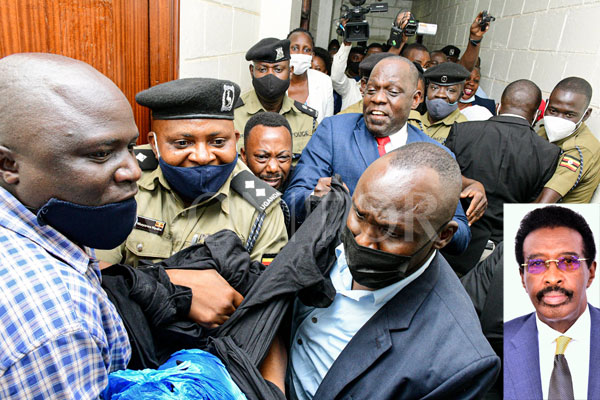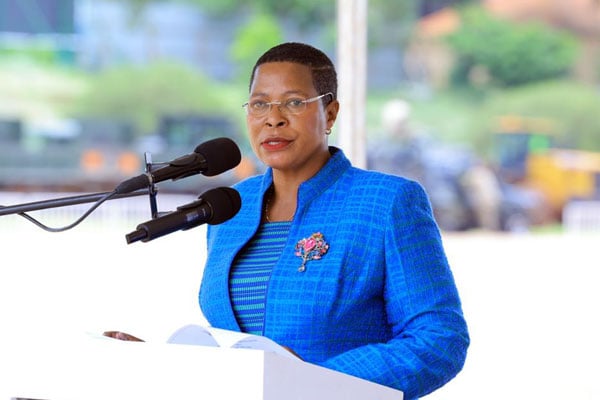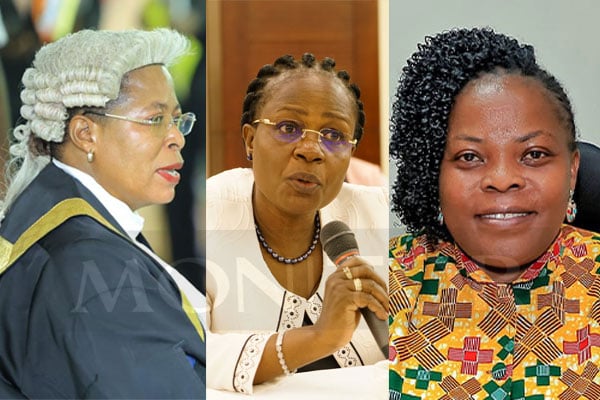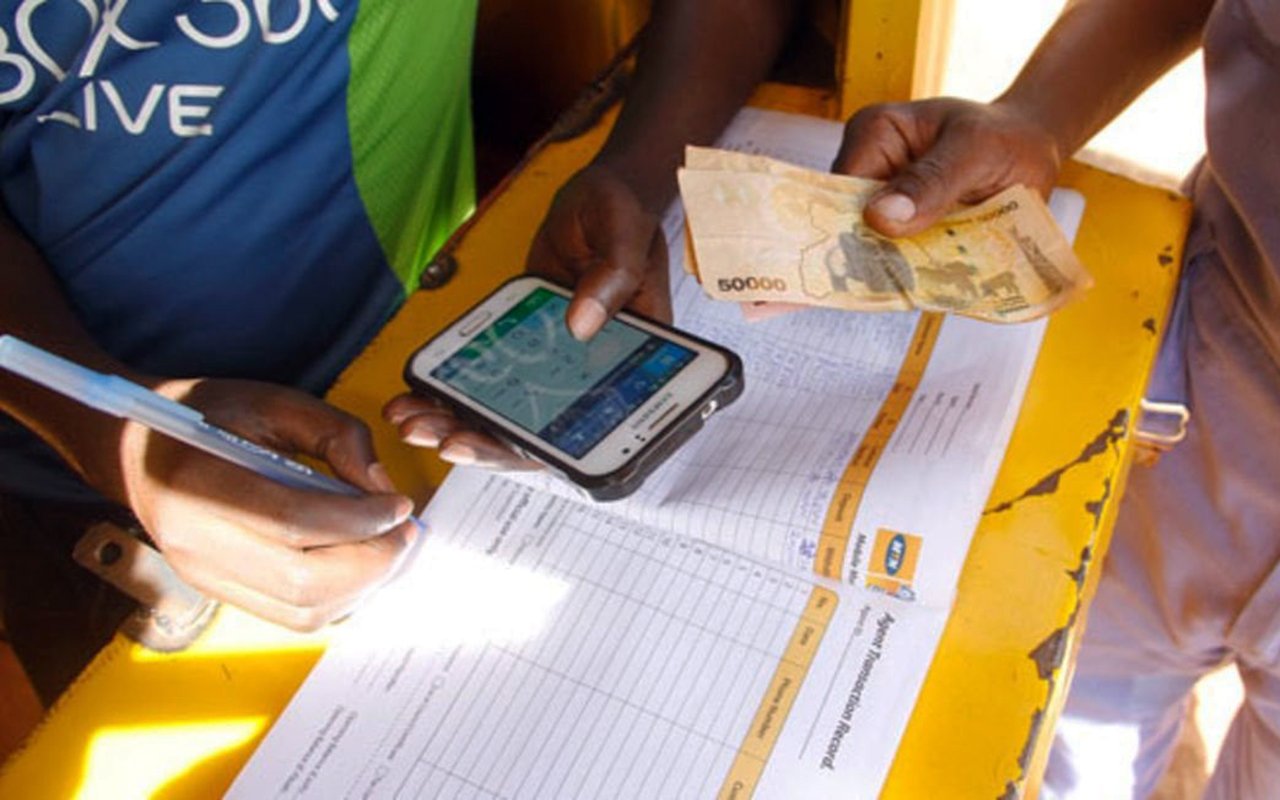Prime
Violence is what makes the NRA/M work, without change it will be the way it fails

Author: Daniel K Kalinaki. PHOTO/FILE.
What you need to know:
- The opening up of multiparty politics in the 2006 election ought to have shifted the battlefield away from violent confrontation, to the peaceful populism and persuasion of electoral politics.
The kidnap, torture and detention of writer Kakwenza Rukirabashaija has reawakened old demons and renewed concerns about respect for human rights in Uganda. The Presidency took out four pages in this week’s edition of The EastAfrican newspaper to publish President Museveni’s “consolidated guideline” for “managing rioters, terrorists, criminals and looters and methods of arresting and handling suspects”.
The publication, no doubt aimed at the diplomatic corps and friends in the region, followed May 2017 presidential guidelines ordering security agencies not to torture suspects. Yet the intervening five years have seen more torture, not less, and serious incidents – most notably the November 2020 killings around Kampala – in which the rights to life, liberty, free expression and assembly have been grossly undermined. A sympathetic view is to see this as a transmission problem: zero tolerance for torture and rights violations at the top, with the message getting lost through the command chain, allowing errant foot soldiers at the bottom to take the law – and bloodstained pliers – into their own hands.
But this view is too convenient and suffers from a deficit of facts. A more accurate view is one that analyses the centrality of violence in Fronasa/NRA’s strategy of acquisition, consolidation and retention of power.
The pursuit stage, from the early 70s until 1986, included an assortment of tactical interventions most of which were overshadowed by the five-year war in the Luweero Triangle.
The transition from a guerrilla army to a government should have run from 1986 to 1996 and was characterised by violent mop-up operations including counterinsurgency in Karamoja, Northern and Eastern Uganda. Here place names like Mukura, Burcoro stick out from memory like the ends of severed limbs sticking out of shallow graves.
This period also saw the use of violence to resolve political disputes, with the break-up of planned rallies and workshops by opposition politicians from the early 90s. The emergence of internal potentially military threats including grumblings like the likes of Gen. David Sejusa, Col. Samson Mande and eventually Col. Kizza Besigye in 2001 disrupted the consolidation phase in the new post-Constitutional period.
The opening up of multiparty politics in the 2006 election ought to have shifted the battlefield away from violent confrontation, to the peaceful populism and persuasion of electoral politics. But internal fissures and the departure of moderate voices from the NRA/M, now rebranded as the Movement, was followed by a shock to the system in the Kayunga Riots of 2009, quickly followed by the revolutionary winds that swept in from the Arab Spring and threatened to turn the Walk-to-Work protests into Uganda’s winter of discontent.
Collectively, these meant that any internal reform agenda within the Movement was stillborn. Retention of power would be premised, not on effective service delivery and the popular will of the masses, but on control of key levers of the state, including the Judiciary, Legislature, the economic class and the civil service, with the security apparatus guaranteeing not just stability, but also political outcomes.
Restrictions on political activities declared unconstitutional were brought back into play through the Public Order Management Act. New legislation and regulations brought civil society organisations under heel. The Uganda Communications Commission was given wide latitude to set and police not just standards but also content and its producers.
Physical, cyber, and other sophisticated psychological attacks on journalists and activists helped keep a lid on critical voices, while the Computer Misuse Act disarmed keyboard warriors and raised the penalties for online dissent.
In 2004 the United States State Department issued a report noting the Uganda government’s “poor” human rights record and “serious problems”, despite some improvements. It noted that security forces “committed unlawful killings and were responsible for short-term disappearances”, tortured and beat suspects to force confessions, and detained suspects incommunicado. The report also noted arbitrary arrest and detention including of opposition supporters, security forces infringing on citizens’ privacy rights and restrictions on freedom of speech, the press, association and assembly.
The Government punished some security force officials who were guilty of abuses; however, impunity remained a problem,” the report noted. That was in 2004. Two decades and several presidential proclamations later, the same issues are prevalent, and in some cases even worse.
Violence has been instrumentalised as a political tool. The NRA cannot end these human rights abuses without risking its grip on power, yet the more it abuses human rights the less able it will be to retain power, at least electorally, and certainly in the long term. It has too many pliers, not enough ploughs; too many blood-stained torturers, not enough moderates.
Mr Kalinaki is a journalist and poor man’s freedom fighter.
Twitter: @Kalinaki




